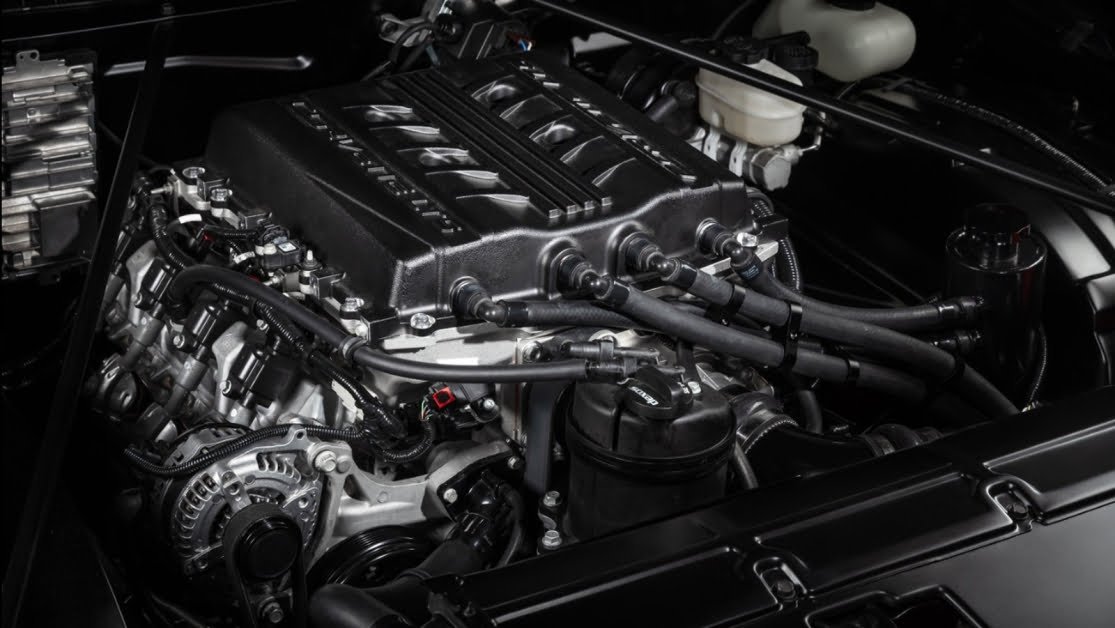When it comes to high-performance engines, few names are as revered as the GM LT4 and LT5 engines. These powerhouses have been featured in some of the most iconic vehicles in the automotive industry. In this article, we will explore the unique features, performance capabilities, and applications of the GM LT4 and LT5 engines, highlighting the key differences between the two and what sets them apart in the world of high-performance automotive engineering.
The Launch of the Fifth Generation GM LT Engine Series
The fifth generation of GM’s small-block engines was introduced in 2014, generating excitement among enthusiasts worldwide. Building on the success of the previous generations, the LT engine series brought significant improvements that set it apart from the LS series. While the naturally aspirated LT1 and LT2 engines performed well in entry-level models like the Corvette and Camaro, it was the supercharged variants, specifically the LT4 and LT5, that truly showcased the platform’s capabilities.
LT4 and LT5: Fraternal Twins with Distinct Characteristics
Both the LT4 and LT5 engines are part of the same family, with the supercharged 6.2L LT4 serving as the foundation for the success of the LT5. Despite sharing many similarities, including a 90-degree V8 configuration, solid aluminum construction, and key internal components, the LT4 and LT5 differ in several crucial aspects that define their performance.
The LT5’s Superior Supercharger System
One of the most significant differences between the LT4 and LT5 engines lies in their supercharger systems. With over 150 horsepower separating the two, the LT5’s higher output is primarily attributed to its larger displacement supercharger. While both engines utilize Eaton TVS roots-style superchargers for immediate torque and power delivery, the LT5’s 2.65-liter blower significantly outperforms the LT4’s 1.7-liter supercharger, producing more boost at lower RPMs and generating less heat in the process.
Enhanced Fuel System for the LT5
In addition to the supercharger differences, the LT5 also features a revised fuel system compared to the LT4. The introduction of a dual-fuel injection system combining port and direct injection addresses the shortcomings of the LT4’s direct injection-only setup. This dual system provides the benefits of both fuel injection types, improving efficiency, power output, and engine durability while reducing carbon buildup on the intake valves, a common issue with direct injection systems.
Notable Upgrades in the LT4 and LT5 Engines
Beyond the major differences, GM made several significant enhancements in the LT5 engine to accommodate its increased power and torque output. These include a redesigned bypass valve system and a reinforced crankshaft. The LT5’s electronically controlled bypass valve offers precise airflow control for improved throttle response, while the upgraded crankshaft, made from a stronger steel alloy, ensures durability and reliability under the extreme conditions of a 755 horsepower engine.
the GM LT4 and LT5 engines represent the pinnacle of high-performance automotive engineering, each with its unique characteristics and advantages. Whether you’re a dedicated enthusiast or simply appreciate the art of powerful engines, these legendary powerplants continue to impress with their exceptional performance and innovative design.


